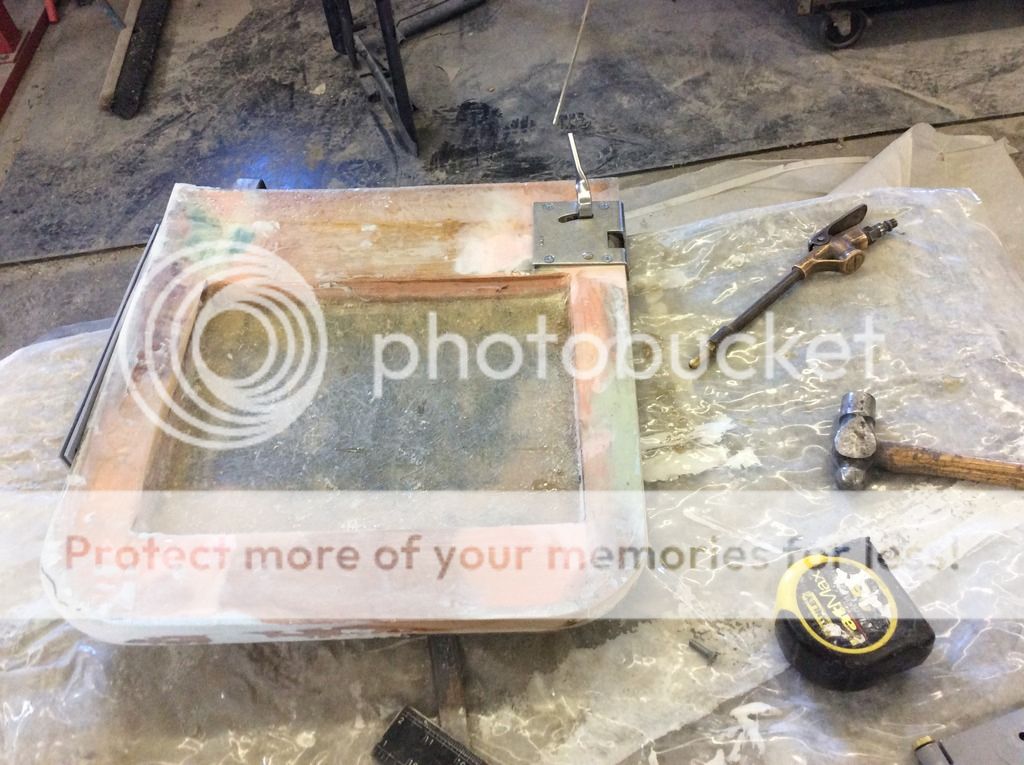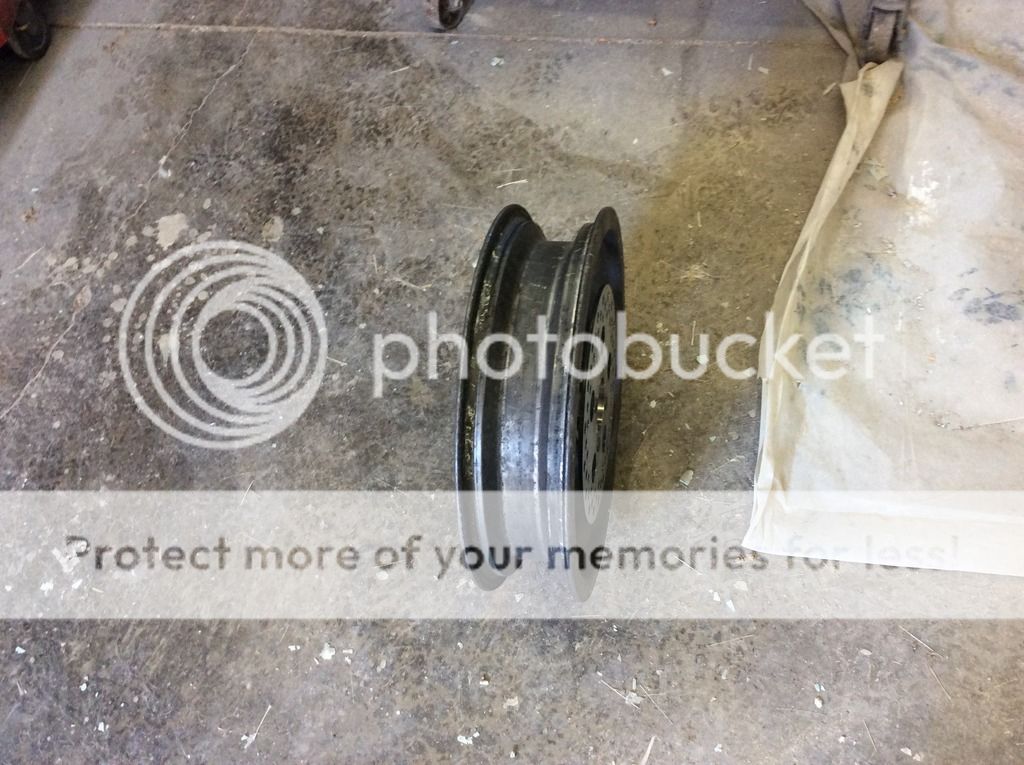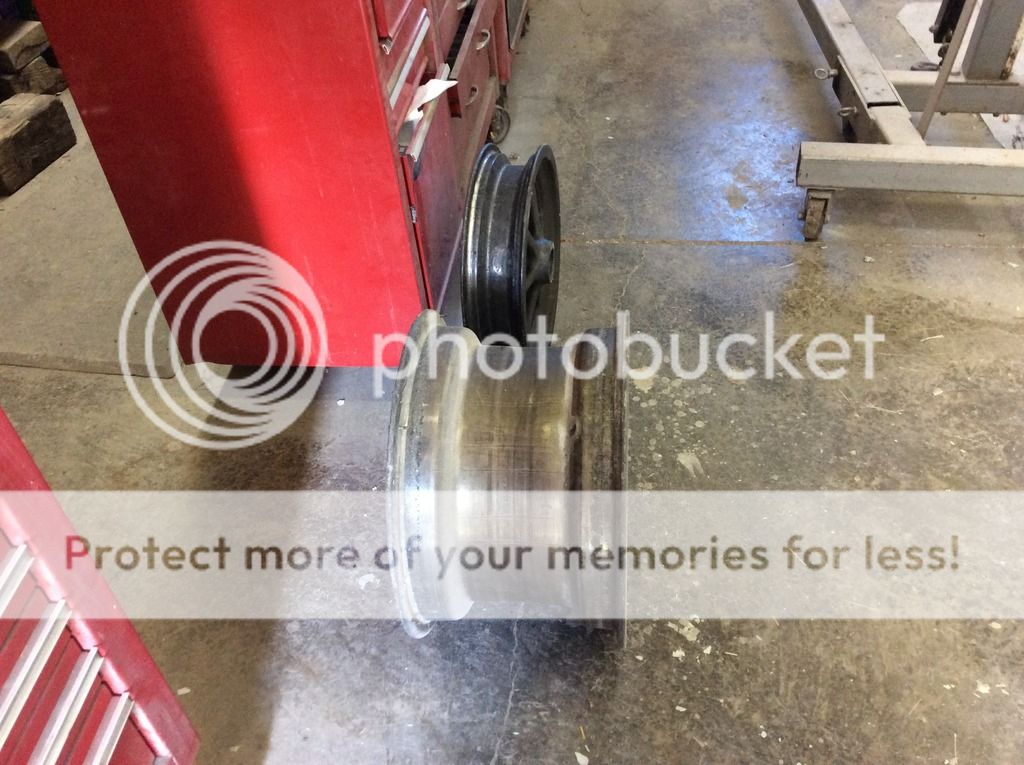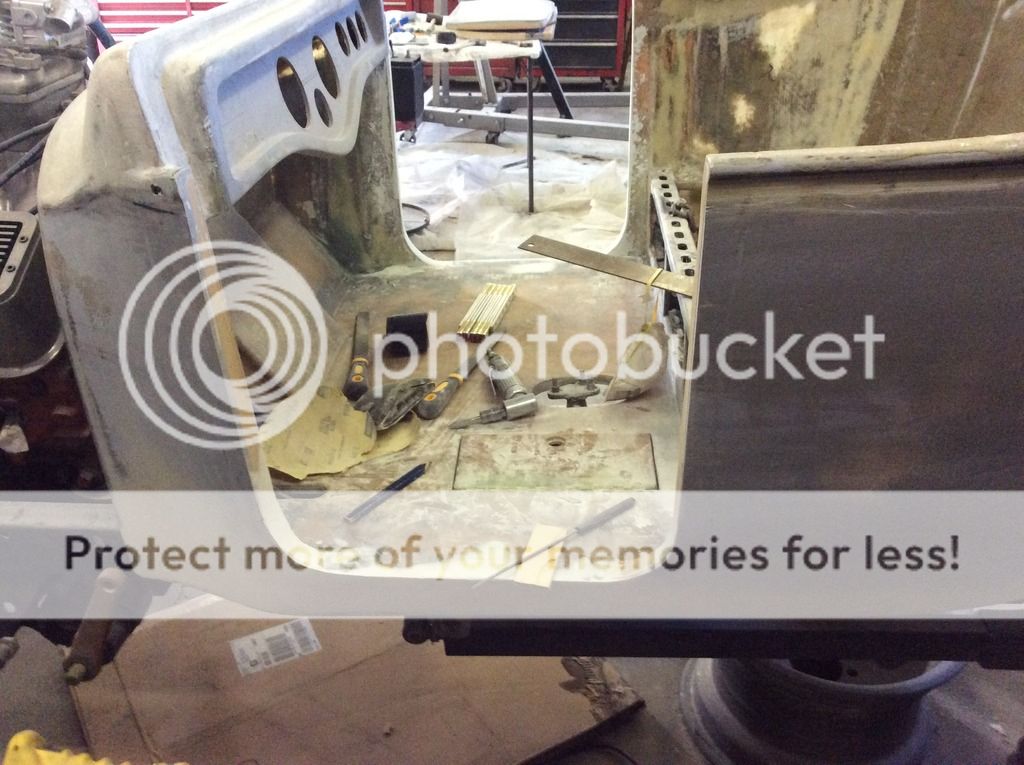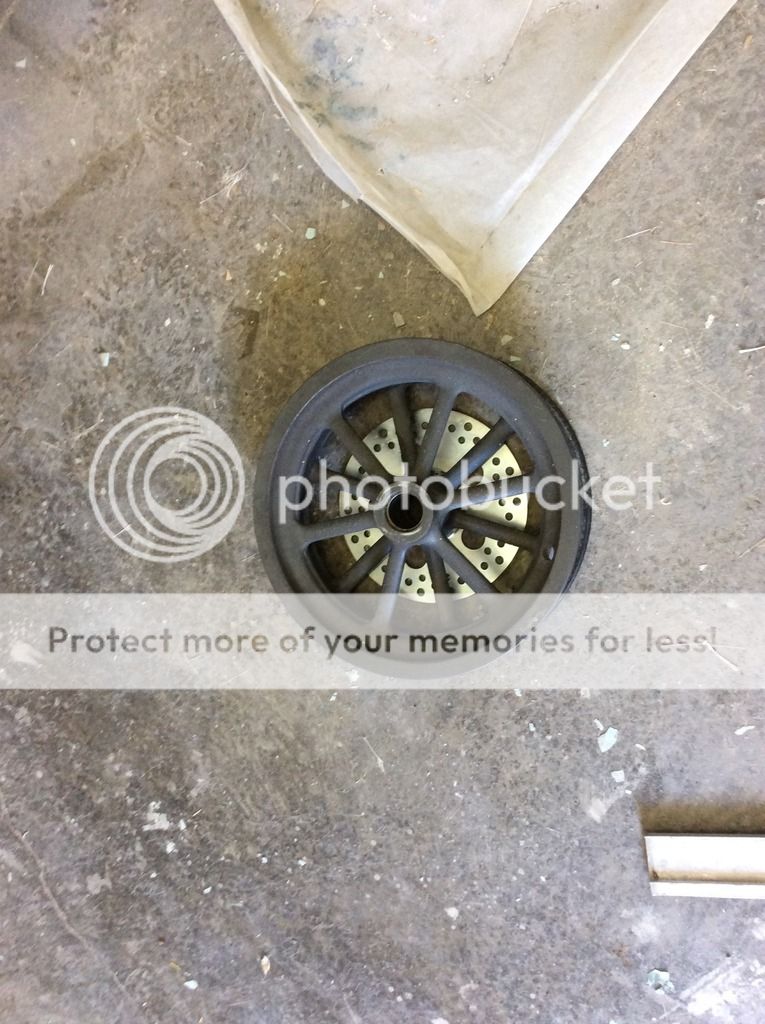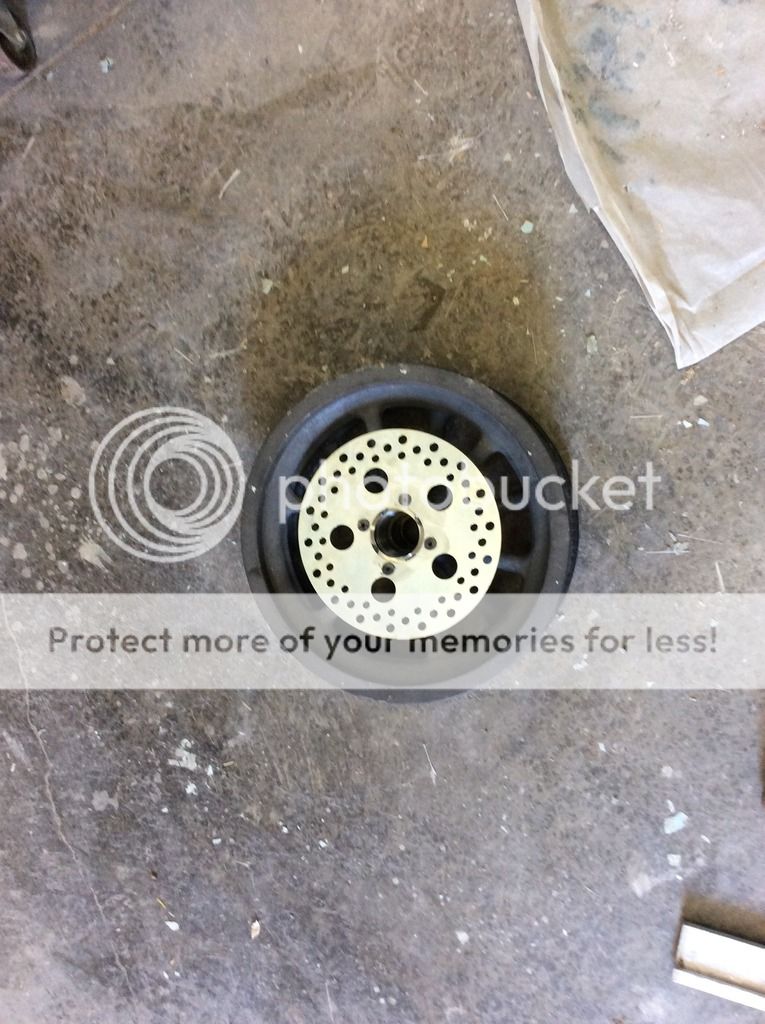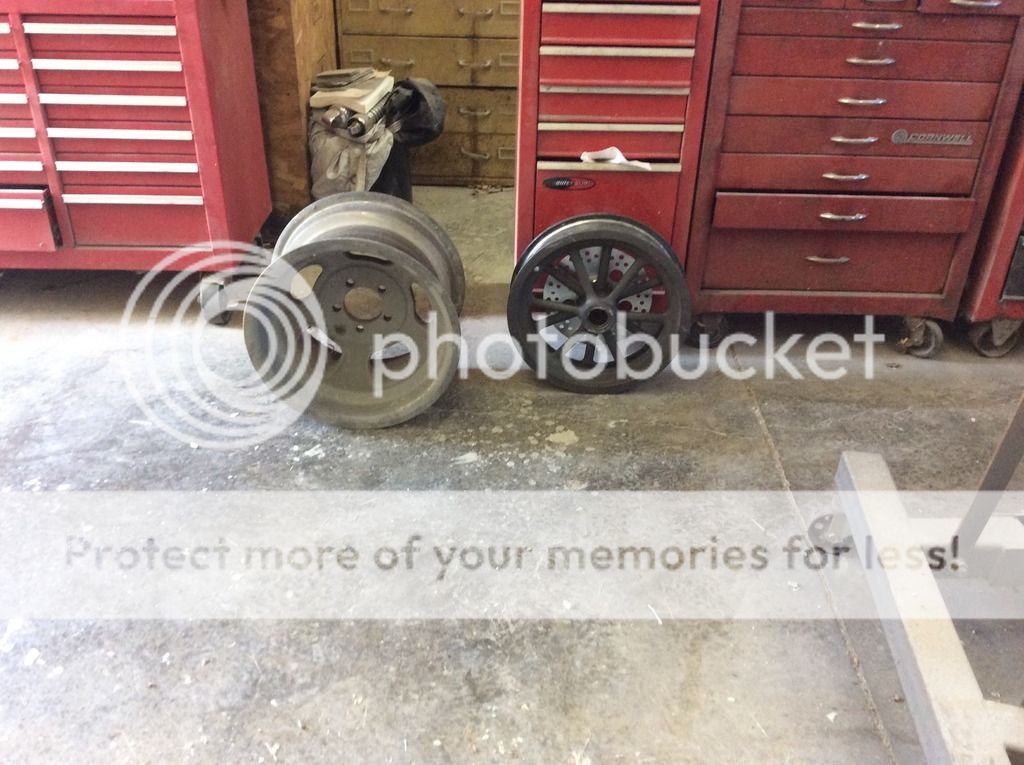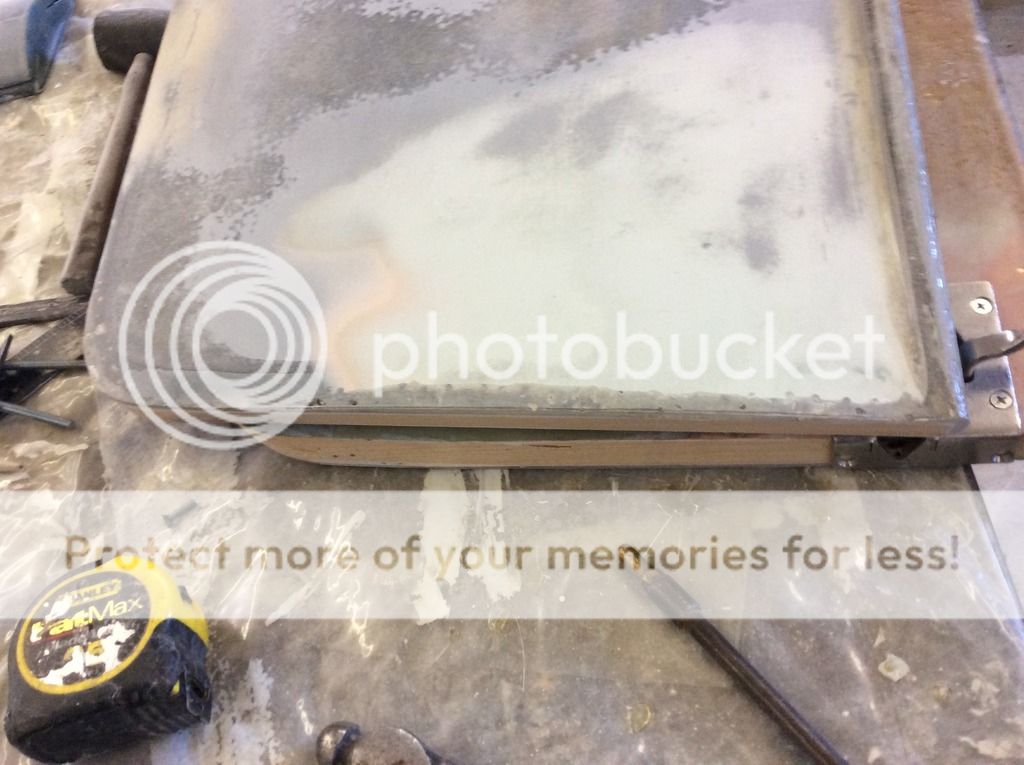I did manage to get one door swinging and latching. The latch was pretty strait forwards. I routed it in. I wanted to flush mount it, but the door thickness prevents it. I will build the inside out so they will be flush when finished. I allowed the tip of the release handle to pertrude above the top of the door about 3/4", mainly due to my wanting to keep the entire latch mortise on the top horizontal door reinforcement. I hope I won't regret that decision. The strike was a challenge because the factory strikes are 90* but the latches are less to conform to the beveled door edge, so I had to build the jamb out to match the door bevel so it fits correctly. The other door should go more smoothly after this learning adventure. I was able to mount the strike solidly and bolt it to the steel reinforcements so it's rock solid. Actually, I am very happy with strength of the body. Even with the door cut out, it's rock solid, no flex or movement. The door closes and aligns perfect and is very solid. The hinges are the weak link, but only when the door is opened wide, it allows the long bottom hinge to flex. It should not be an issue as long as no one leans on it. I'm going to move forward and use them. If I want, I can re make them with a heavier material later. I'm glad that I chose to use the long bottom hinge because the door opens level, or in alignment with the body, so it clears the headers nicely. The trade off is the strength. Now I have to go about banding the edges and building them up a bit. I intentionally removed enough material to allow about an eighth inch glass on each side of the door and jamb edges so they will be strong and waterproof. My current question is weather or not to round the edges before banding them. I've read several technical articles and there are some conflicting opinions. Being that both sides are already laminated in glass, and the thickness, I'm leaning towards not doing it. Any thoughts? I may fit the other door before starting on the glass so I can streamline my production, if you will. I'm also going to glass the inside door panels using fleece with the speaker provisions once they are both fit and swinging. I will include some pics soon, I left my iPad inside when I was out in the shop. The latches that came from Macs are nice qualilty, stainless, and seem to function well. Using the original strikes with them seeemed to be a non issue apart from the jamb angle. The original strikes are quite strong. I can't compare them to the aftermarket ones, I haven't seen them first hand.




